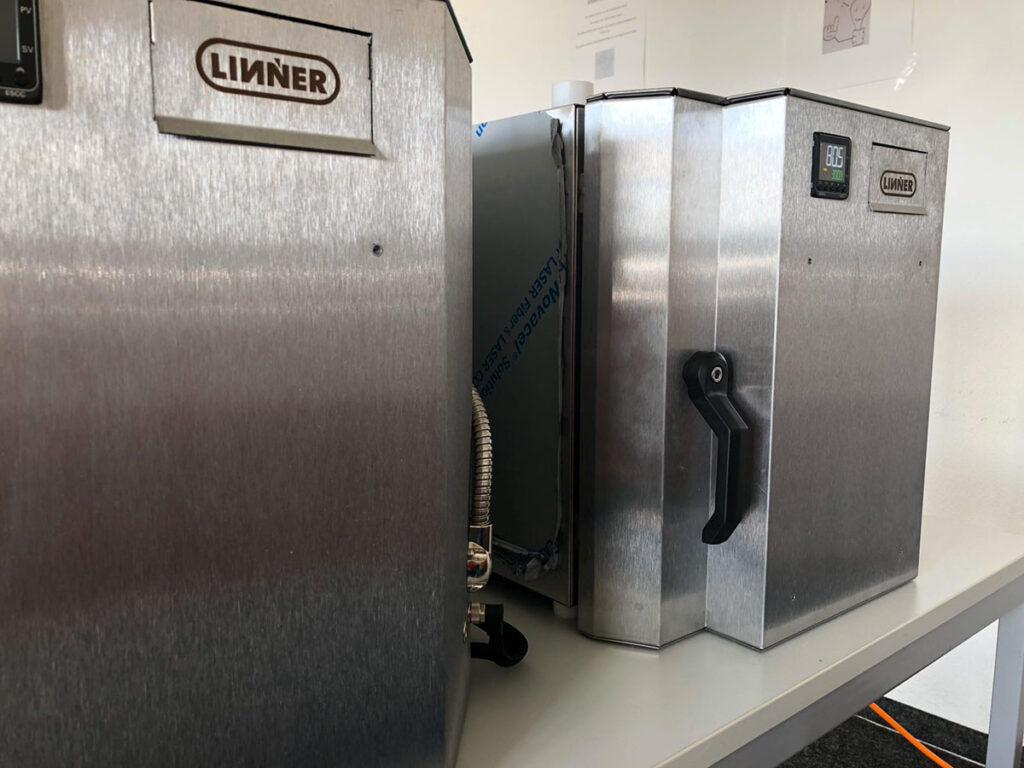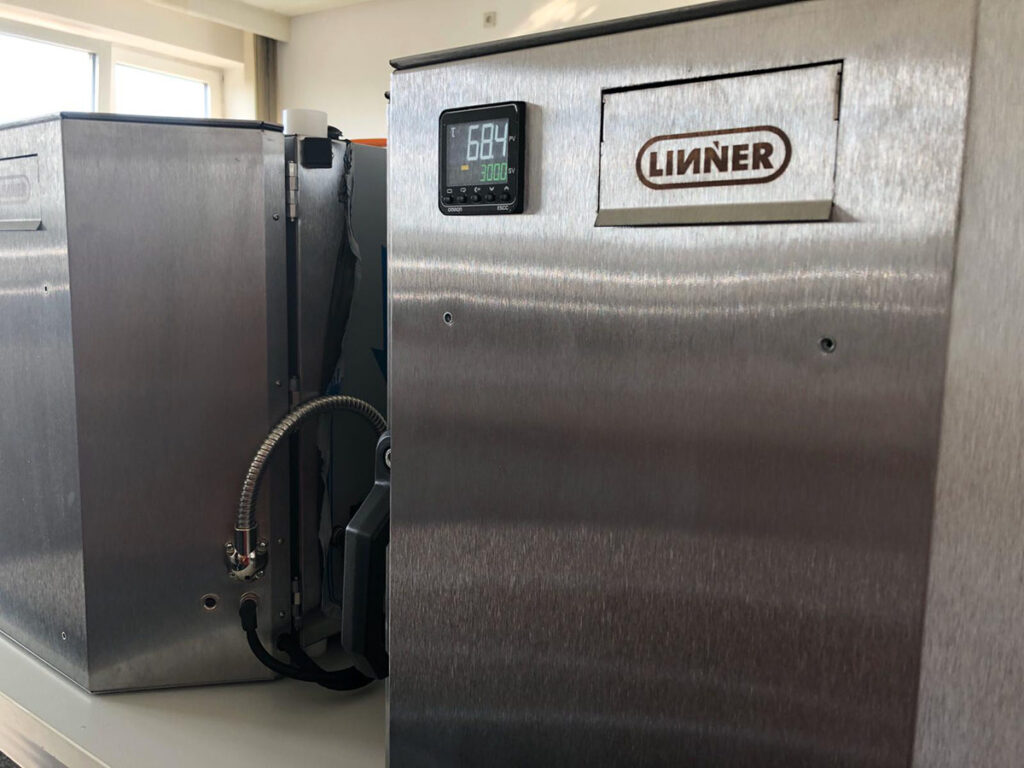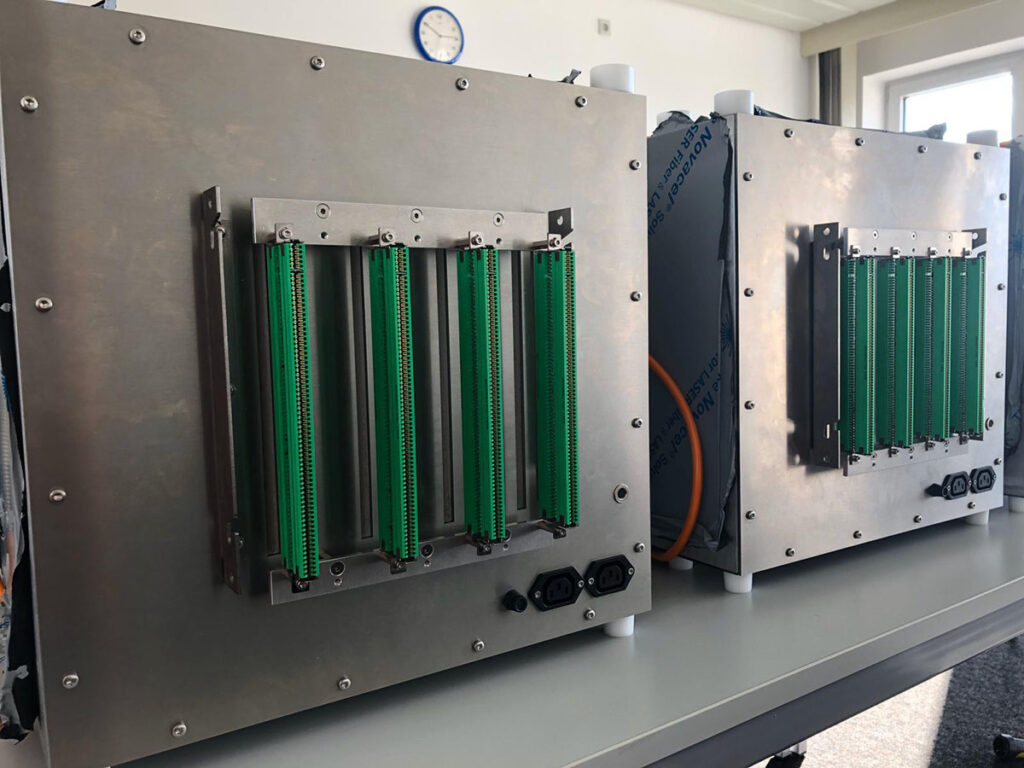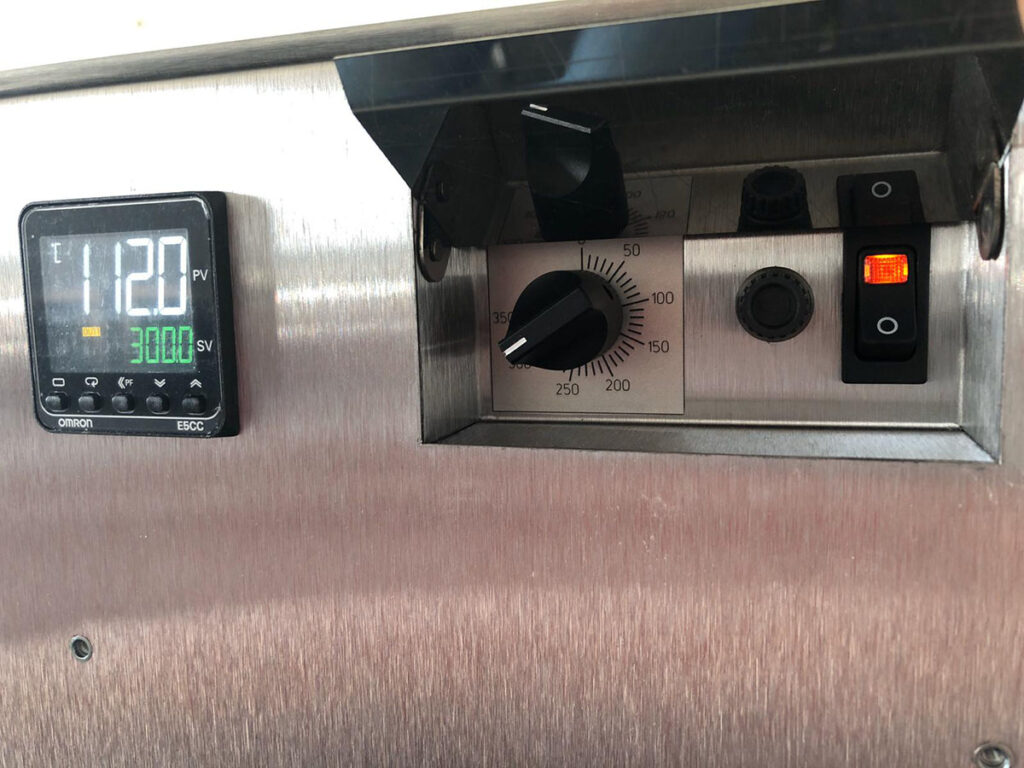Burn In Test
For the validation of your products, we offer you the possibility of a lifetime simulation via a burn-in test with the help of our burn-in oven. This test system allows you to test the durability of your test specimens under different temperature conditions.
Your reliable partner for life cycle simulation

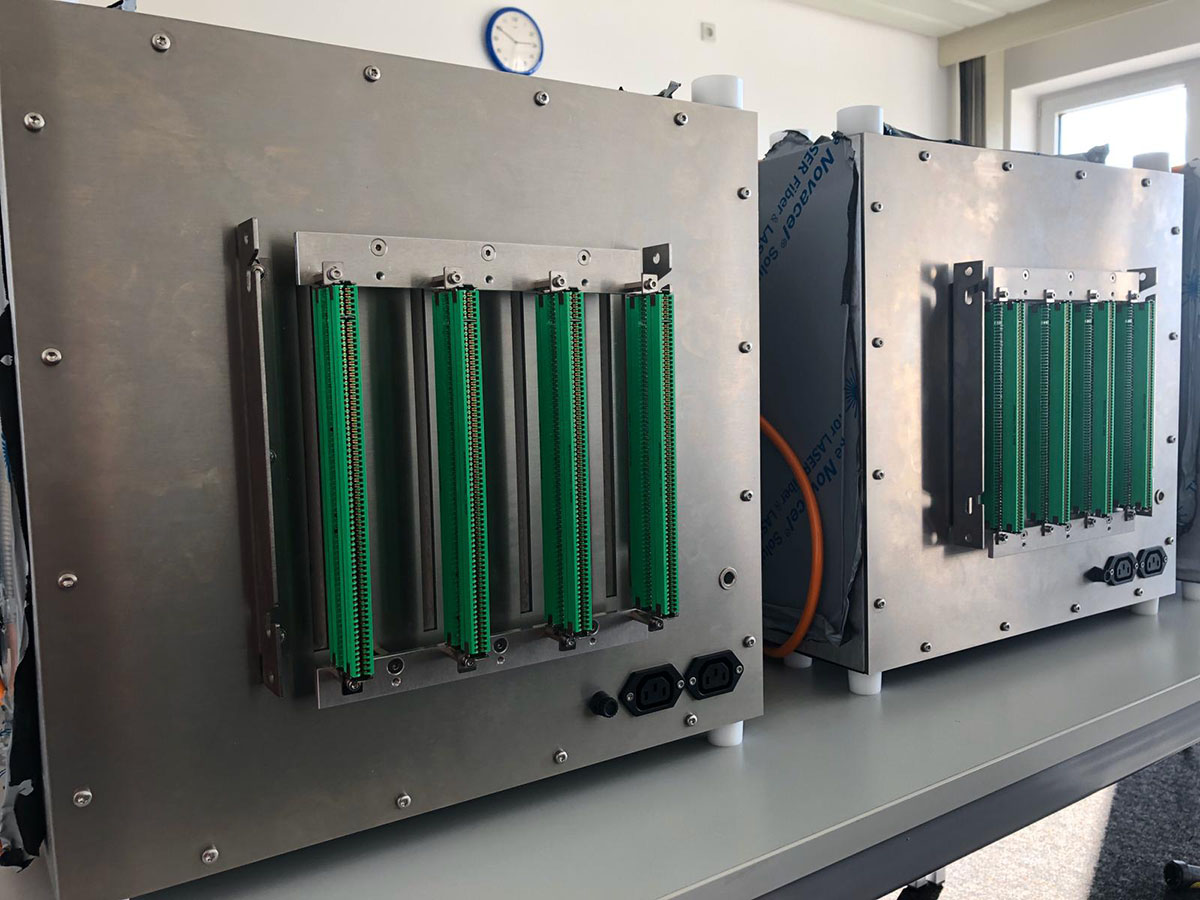
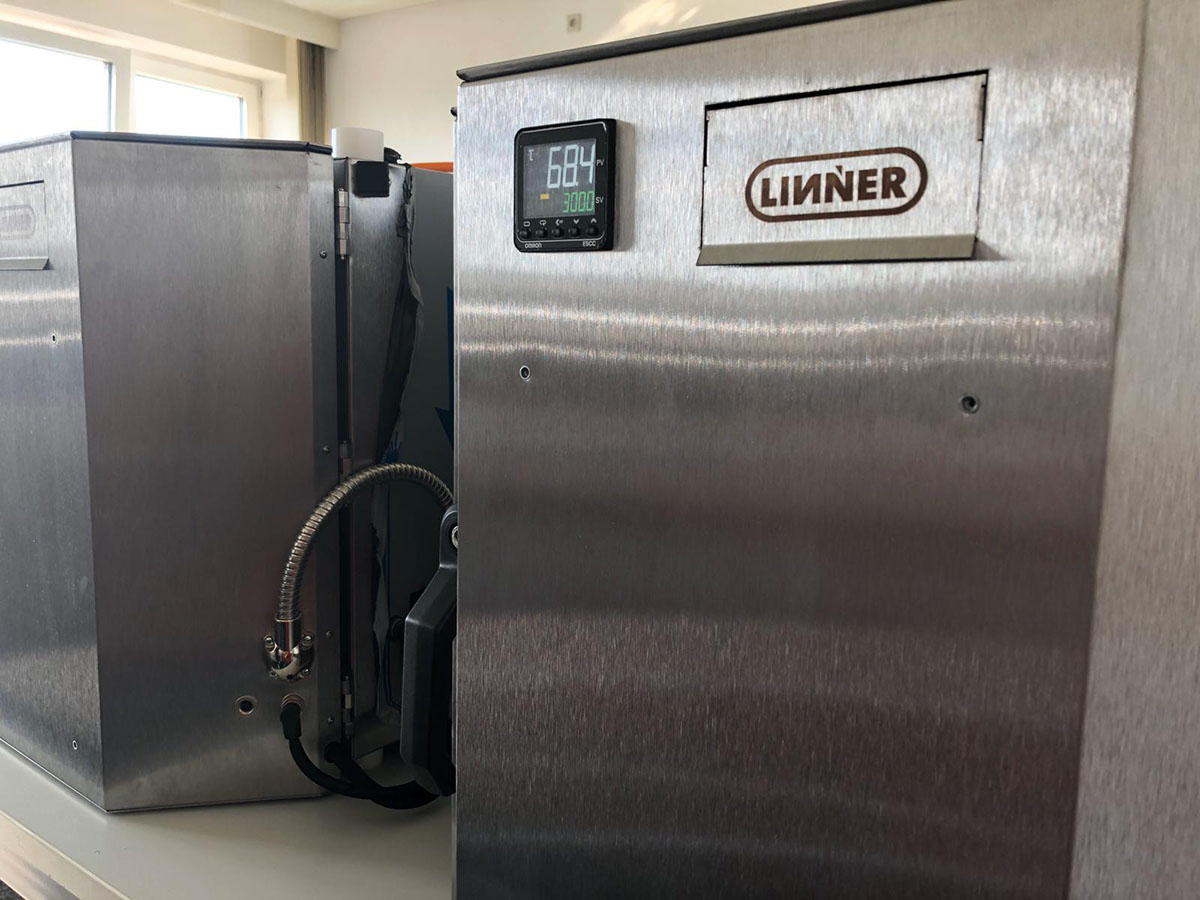
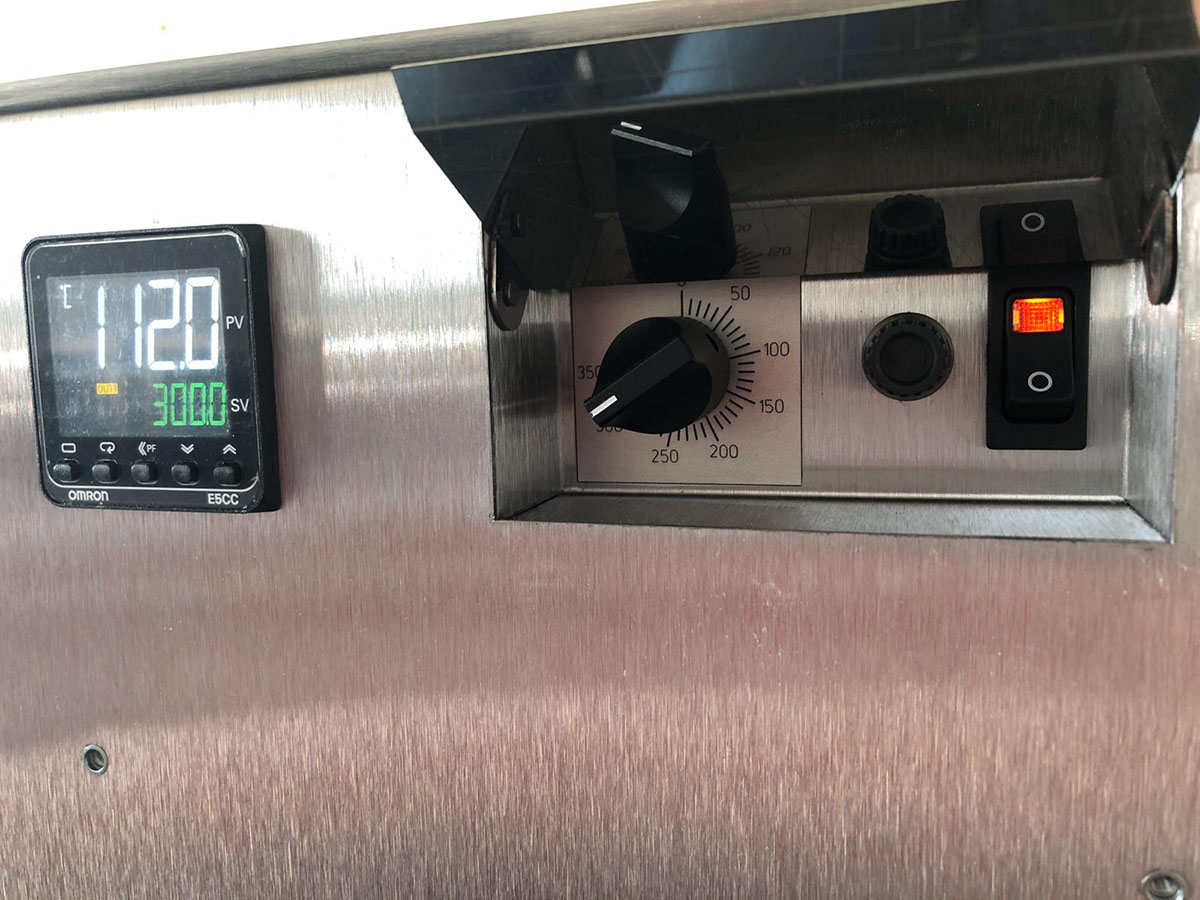
Both during product development and in the series product, the parameters of load capacity and service life are important parameters about which you as a manufacturer must make statements. In order to achieve valid values in the most possible efficient time frame, it is worthwhile to carry out the Burn In Test.
A burn-in test is carried out in an oven in which high temperatures are generated. The test samples are placed on so-called “motherboard”. These can be supplied with power and signals from outside via a temperature lock. In addition, further evaluation measurement equipment can be connected. Once the DUTs are in the oven, you can now test and document the performance of your product up to the end of life. It allows you to validate the End of Life parameter as quickly as possible. This way you can ensure the continuous operation of your module, board or device.
For just such validation tasks, the Burn In Oven is in our product portfolio. We will gladly help you to connect the Burn In System to your infrastructure.
Benefit from the advantages of our Burn In Furnace:
- Validation of the lifetime of your assemblies
- More efficient aging simulation thanks to high temperature
- Consulting for the configuration of your test application
Burn In Test - FAQ's
What is a Burn In Test?
The Burn In Test has established itself in the semiconductor industry to test assemblies, such as ICs, for their expected lifetime. This type of validation is not only used in the semiconductor industry, but also at the electronics industry level. According to the scientist Arrhenius, there is a correlation or rather a formula, according to which the calendrical aging depends on the temperature. In rough terms, the higher the temperature, the faster the aging.
If a test sample is operated at a high temperature, it is therefore possible to conclude after a shorter period of time what the service life will be under normal conditions. This is the purpose of the burn-in test. It is in the interest of the developer to be able to assess the service life as early as possible in the development cycle. However, the temperature of an aging test cannot be set arbitrarily high, as other destructive effects occur above certain temperatures depending on the test sample.
What distinguishes the Burn In oven from a normal temperature oven?
When testing the aging of electronics by means of increased temperature, it is essential to ensure that the temperature is distributed as evenly as possible over the test object or the test samples. If the temperature is unevenly distributed by only a few degrees Celsius, this can very grossly falsify the service life evaluation. Our Burn In oven has been specially optimized for this distribution.
With commercially available industrial furnaces, there is often the problem of achieving an even distribution of heat. Usually, this is due to the airlock through which the measuring lines are led from the furnace to the test electronics. This problem is solved by our special design of the back wall of the oven. Signals, supply lines, etc. are passed through the back wall without affecting the temperature gradient.
How to connect the Burn In Test to a monitoring system
In order to integrate the tester into a monitoring system in the sense of Industry 4.0, it is possible to monitor the door signal and the temperature of each furnace. On request, further sensors can be integrated into the furnace.
In addition, you are welcome to talk to us about the control and evaluation electronics outside the furnace. Here we can also provide you with solutions on the measurement side. We have gained experience in this area, from data loggers to apps that allow you to call up the status of your test sample at any time via your cell phone.
